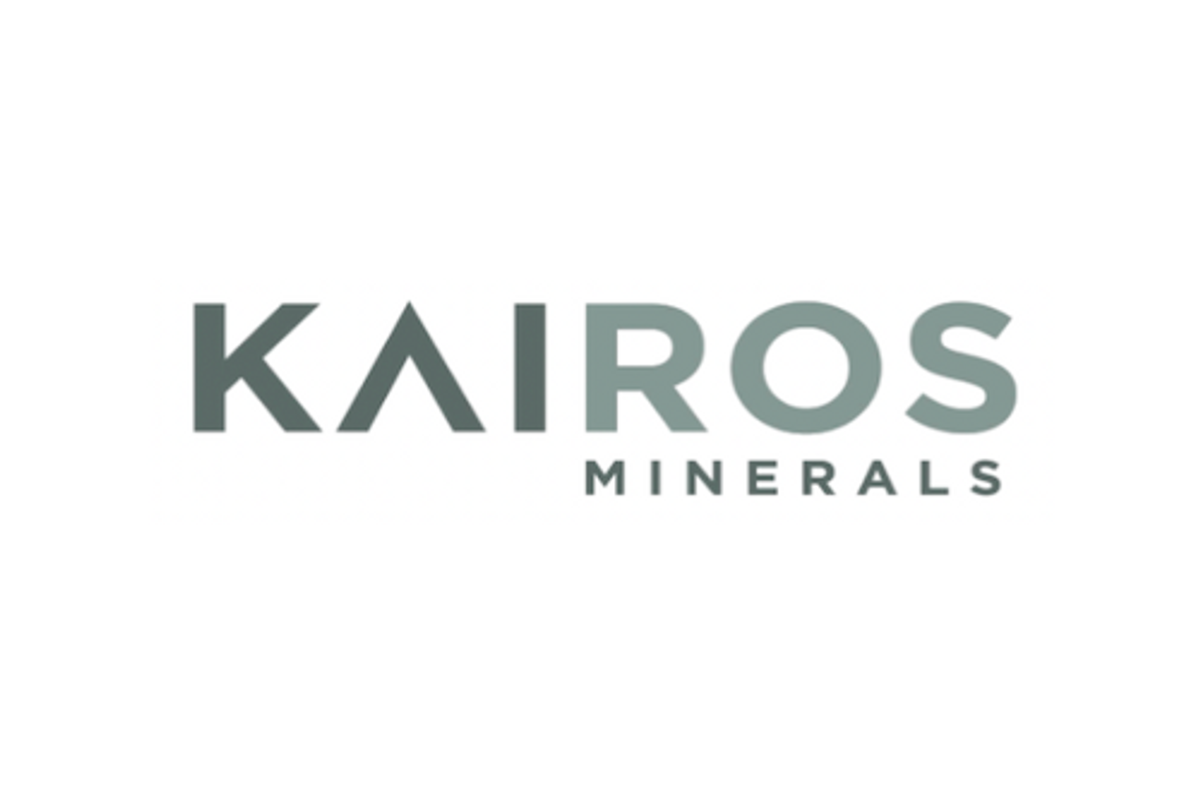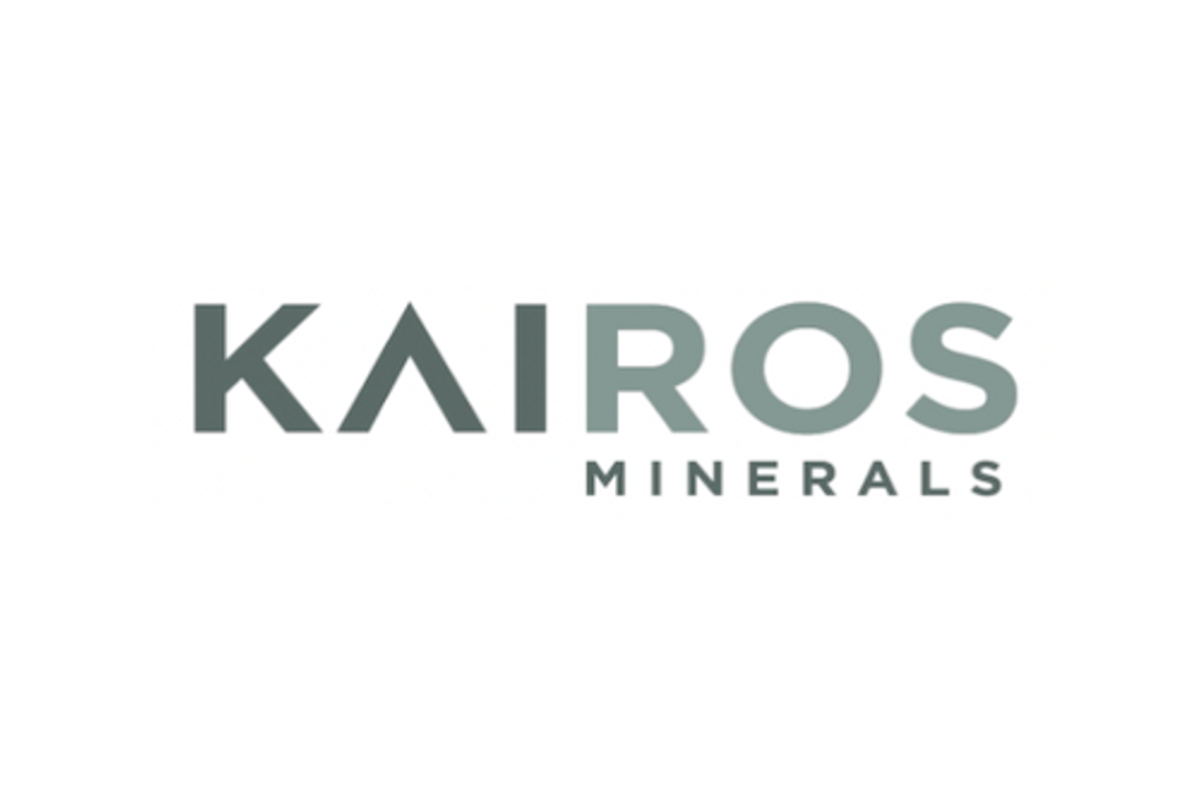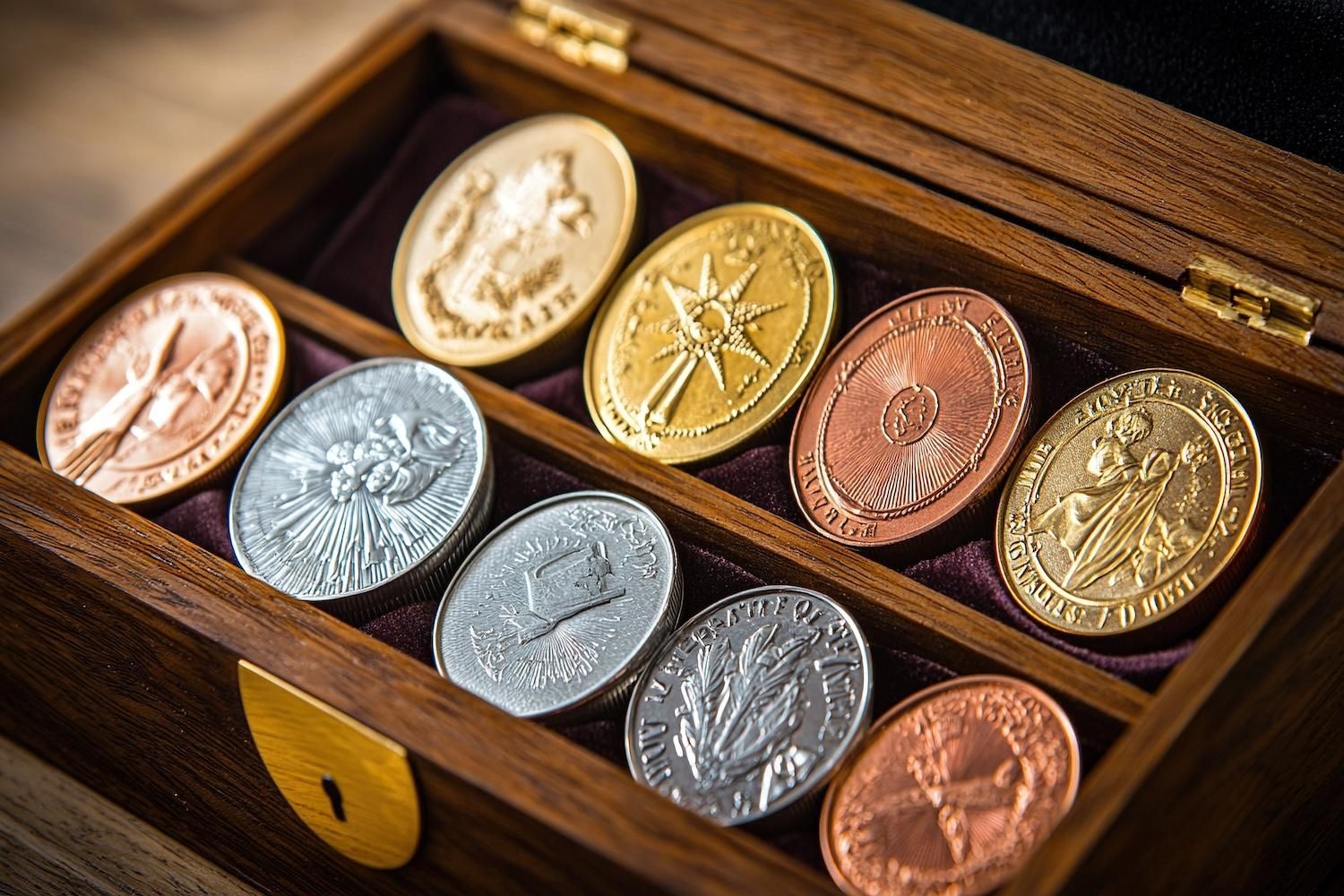
February 14, 2022
Coherent 2.7km long anomaly is located just 10km south of the Manna lithium prospect and represents a priority drill target
Kairos Minerals Ltd (ASX: KAI “Kairos” or “the Company”) is pleased to advise that it has identified a new coherent lithium and pathfinder elements anomalous corridor at its 100%-owned Roe Hills Project, located east of Kalgoorlie in WA. This high-priority lithium target is located approximately ~10km south of the Manna Lithium Project, owned by Global Lithium Resources and Breaker Resources (ASX: GL1 and ASX: BRB).
Highlights
- A review of the soil sampling program conducted in 2020 has identified a coherent lithium and pathfinder elements anomaly at the 100%-owned Roe Hills Project in WA.
- The 2.7km x 0.4km northeast-trending lithium anomaly is similar in terms of its orientation, interpreted geology, and geochemistry to the Manna Lithium Prospect, now 80%-owned by global Lithium Resources (ASX: GL1), located ~10km north of the Roe Hills project area.
- The soil sampling program was initially designed to target gold and base metal mineralisation, based on geophysical interpretation.
- A detailed mapping and rock chip sampling program has been initiated, with air-core and potentially follow-up Reverse Circulation (RC) drilling planned as a priority.
Kairos’ Executive Chairman, Terry Topping, said:
“This is an exciting discovery, which was made following a detailed review of the extensive geochemical sampling program completed in 2020. The significance of this extending north-east trending anomaly has been further enhanced by the discovery of the Manna lithium prospect, located 10km to the north, by Breaker Resources (ASX: BRB).
“Breaker has recently transacted on this exciting emerging discovery in a deal with Global Lithium Resource (ASX: GL1), which has acquired an 80% interest in the tenements.
“Given the scale and potential significance of the anomalism, we recently conducted a site visit which has shown that the anomalous area is suitable for AC drilling and potential follow-up RC drilling. We have initiated an extensive field program with additional soil sampling and mapping underway and, with heritage clearances already in place, we will prioritise drilling as soon as we can secure a suitable drilling rig.
“In light of this significant development, the Kairos geology team recently completed a desktop study based on existing available data to identify other potential lithium targets at Roe Hills. This work has been successful in delineating at least eight areas of interest, which will also now be followed up by our field teams.
"This is an exciting new lithium exploration opportunity which complements the significant lithium targets we have defined recently within our Pilbara exploration portfolio.”
Click here for the full ASX Release
This article includes content from Kairos Minerals, licensed for the purpose of publishing on Investing News Australia. This article does not constitute financial product advice. It is your responsibility to perform proper due diligence before acting upon any information provided here. Please refer to our full disclaimer here.
KAI:AU
The Conversation (0)
14 February 2022
Kairos Minerals
Developing Highly Prospective Gold Projects in a World-Class Gold District
Developing Highly Prospective Gold Projects in a World-Class Gold District Keep Reading...
26 December
Rick Rule, Ed Steer, Vince Lanci and More — Our Top 5 Interviews of the Year
2025 was a breakout year for gold and silver, and throughout its twists and turns the Investing News Network (INN) turned to experts for help navigating the markets.The INN team spoke with dozens of industry insiders over the course of the year, spending time with seasoned professionals who can... Keep Reading...
25 December
Jeffrey Christian: Gold, Silver at Record Prices, Expect Spikes Higher in 2026
Jeffrey Christian, managing partner at CPM Group, shares his outlook for gold and silver in 2026, explaining why he expects higher prices for the metals. "We think that 2026 is going to be a more hostile environment than 2025, and that will cause investors to buy more gold and silver. So we're... Keep Reading...
24 December
What Was the Highest Price for Gold?
Gold has long been considered a store of wealth, and the price of gold often makes its biggest gains during turbulent times as investors look for cover in this safe-haven asset.The 21st century has so far been heavily marked by episodes of economic and sociopolitical upheaval. Uncertainty has... Keep Reading...
24 December
Blackrock Silver Announces C$15 Million Strategic Investment by Two Cornerstone Purchasers
Blackrock Silver Corp. (TSXV: BRC,OTC:BKRRF) (OTCQX: BKRRF) (FSE: AHZ0) ("Blackrock" or the "Company") is pleased to announce a non-brokered private placement (the "Offering") of up to 13,636,363 units (the "Units") at a price of C$1.10 per Unit for gross proceeds of up to C$15,000,000. Each... Keep Reading...
24 December
Gold Price Hits New Record, Breaks US$4,500; Silver, Platinum Also at All-time Highs
Gold marked a new price milestone on Tuesday (December 23), continuing its record-breaking 2025 run. The spot price rose as high as US$4,511.83 per ounce, hitting that point at 4:04 p.m. PST. Don't forget to follow us @INN_Resource for real-time updates!Securities Disclosure: I, Charlotte... Keep Reading...
23 December
From Gold Coins to Copper Tools: Unique Festive Gifts for the Metals Investor
With pumpkin spice in the air, thoughts are turning to the biggest event of the year… No, not the curling championships — Black Friday and the start of the gifting season.Here at the Investing News Network, our team aims to provide relevant information to help readers make informed investment... Keep Reading...
Latest News
Interactive Chart
Latest Press Releases
Steadright Grants Stock Options
24 December
Silverco Confirms No Material Change
24 December
Related News
TOP STOCKS
American Battery4.030.24
Aion Therapeutic0.10-0.01
Cybin Corp2.140.00






